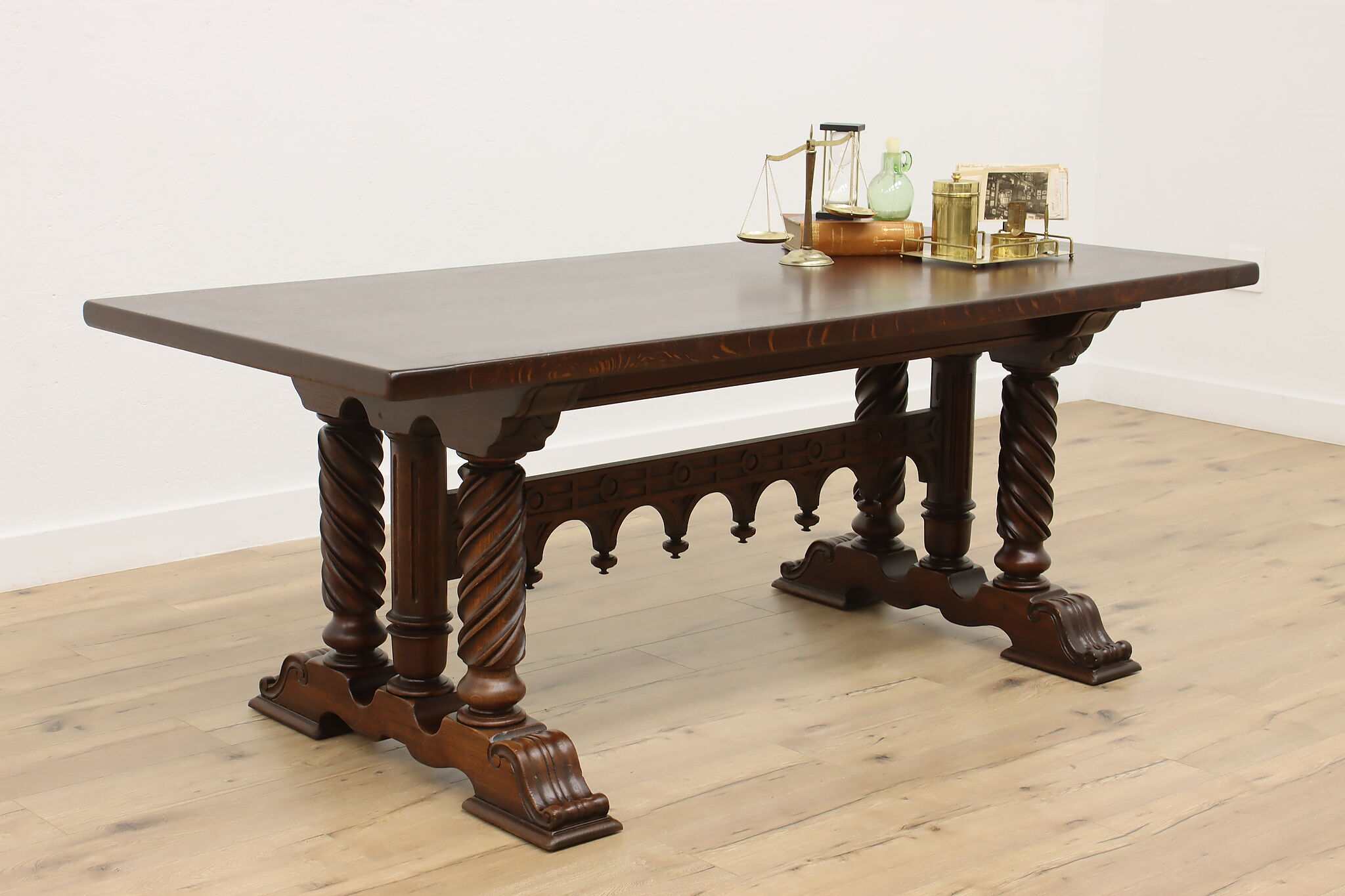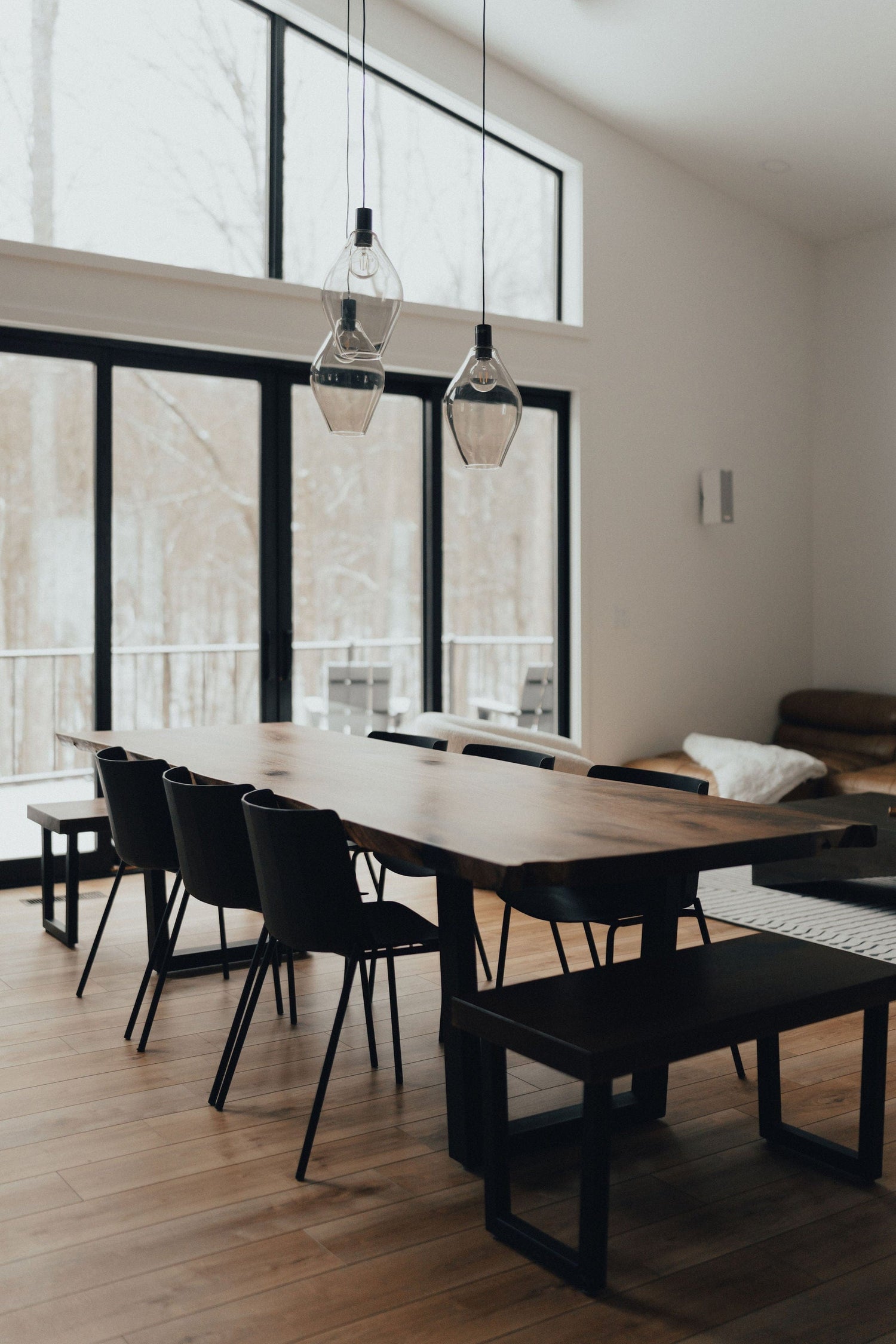Add Charm and Elegance to Your Space with Distinct Dining Room Table Legs
Add Charm and Elegance to Your Space with Distinct Dining Room Table Legs
Blog Article
From Conventional to Modern: Locate the Suitable Dining-room Table Legs for Your Design
While traditional designs such as cabriole and transformed legs stimulate a sense of classic elegance, modern styles like barrette and geometric choices present a possibility for striking aesthetic passion. As you consider these aspects, the question stays: just how can you perfectly integrate these diverse leg designs to create an unified eating experience?
Recognizing Table Leg Styles
The variety of eating room table leg styles can dramatically influence both the looks and performance of the room. Each leg design adds one-of-a-kind visual elements and functional features, dealing with varied design choices and usage needs. Understanding these styles is critical for picking the ideal table that aligns with your general interior layout vision.
For instance, tapered legs offer a clean, classic appearance that can enhance a room's style, while stand bases provide security and make best use of legroom, making them suitable for smaller rooms. Hairpin legs, a characteristic of mid-century modern-day design, introduce a commercial panache, allowing for an airy, open feel. In a similar way, trestle legs evoke rustic appeal, giving robust support and a sense of timelessness.
Wooden legs can bring warmth and appearance, whereas steel options usually communicate a streamlined, modern ambiance. Inevitably, understanding table leg designs is vital for developing a natural dining location that shows individual style while guaranteeing usefulness and convenience.
Traditional Table Leg Options
When choosing dining-room table legs, conventional alternatives frequently personify timeless style and workmanship. These designs show a rich heritage and a dedication to high quality, making them perfect for those who value traditional aesthetic appeals.
Among one of the most famous conventional leg designs is the cabriole leg, defined by its graceful bent form. This style typically includes decorative makings and is most commonly discovered in Queen Anne and Chippendale furniture. Another prominent choice is the turned leg, which boasts a collection of smooth, rounded forms that provide a traditional appearance while keeping security.
In addition, the straight leg, while basic, supplies a tough and unadorned structure that can mix flawlessly with a variety of tabletop styles. For those drawn to ornate outlining, claw-and-ball feet legs evoke a feeling of magnificence and can act as a spectacular prime focus in any eating space.
Finally, stand bases, although not purely legs, offer an alternative conventional choice that enables adequate legroom and can be perfectly carved. Each of these typical leg styles contributes to the general atmosphere of a dining-room, weding feature with aesthetic charm.

Modern Table Leg Styles
Modern table leg styles supply a varied array of styles that stress cutting-edge materials and tidy lines. These styles frequently prioritize functionality while acting as striking centerpieces within an eating space. Minimalist visual appeals prevail, with legs crafted from materials such as metal, glass, and crafted wood, which add to a airy and contemporary feel.
One prominent style is the hairpin leg, identified by its slender, conical framework that gives security without frustrating the table top (dining room table legs). This design is typically discovered in mid-century modern furnishings and can effortlessly enhance numerous table forms. Another pattern is using geometric forms, where legs might tackle unbalanced or angular kinds, including visual interest and a touch of artistry

Mixing Designs for Distinct Areas
Commonly, home owners seek to create one-of-a-kind eating areas that show their individual style by blending different layout aspects. This method permits the consolidation of varied looks, resulting in a harmonious yet unique atmosphere. For instance, combining a rustic wood table with sleek, modern-day steel legs can develop an eye-catching contrast that raises the space's overall charm.
Additionally, incorporating vintage table legs with contemporary tabletops can stimulate a sense of background while preserving a modern-day perceptiveness. Such combinations not just showcase private taste yet additionally encourage imagination, allowing home owners to curate a room that feels both personal and inviting.
Color plays a vital duty click this site in this blending procedure; selecting table legs that complement or comparison with the existing color pattern can improve aesthetic interest. Whitewashed legs can soften the daring of a dark table surface area, producing a well balanced visual.
Tips for Picking the Right Legs
Choosing the right table legs is crucial for attaining both functionality and aesthetic allure in your dining room. Begin by considering the overall style of your area. Conventional setups take advantage of legs that include detailed carvings or turned styles, while contemporary areas might ask for smooth, minimal styles.
Following, assess the height and stability of the legs. dining room table legs. Basic dining tables vary between 28 to 30 inches in elevation, so make sure the legs enhance this dimension for convenience. Additionally, durable materials, such as hardwood or steel, can improve security and long life
Examine the leg form too-- options include straight, tapered, or stand styles. Straight legs provide a classic look, while tapered legs can add a touch of beauty. Pedestal bases supply sufficient legroom and are excellent for smaller sized spaces.
Conclusion
In recap, picking the ideal dining-room table legs calls for cautious factor to consider of both traditional and modern designs. Standard choices such as cabriole and turned legs offer classic beauty, while modern designs like hairpin and geometric forms provide a modern touch. By integrating leg style, elevation, and product with the general design, a natural and inviting atmosphere can be attained. Eventually, the chosen table legs must show the desired visual, improving the eating experience within the area.
The selection of dining room table leg designs can dramatically affect both the visual appeals and functionality of the space. Ultimately, comprehending table leg designs is vital for creating a natural dining location that mirrors individual style while ensuring functionality and convenience.One of the most legendary standard leg styles is the cabriole leg, identified by its elegant official source rounded form. Straight legs provide a timeless look, while tapered legs can add a touch of style.In recap, picking the ideal dining area table legs calls for careful factor to consider of both modern-day advice and typical styles.
Report this page